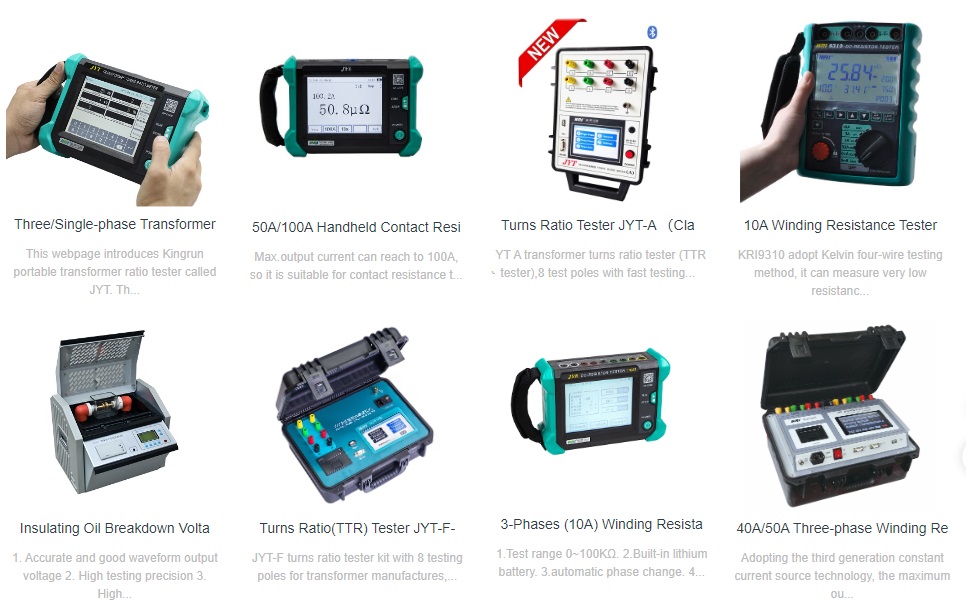Definition and Role of Short-Circuit Voltage
Short-circuit voltage (Usc:short-circuit impedance voltage of the transformer in %) is a key parameter indicated on a power transformer’s nameplate. It represents the percentage of rated voltage that must be applied to the primary winding to circulate rated current when the secondary winding is short-circuited. Usc is crucial for evaluating the transformer’s electrical characteristics, such as short-circuit impedance, reactance, and the prospective short-circuit current and electrodynamic forces. Accurate knowledge of this value is essential for safe and reliable transformer operation.
Standards and Testing Recommendations
International standards such as IEC 60076-1 and IEEE guidelines specify that the short-circuit voltage should typically fall within 4% to 12% of the rated voltage. CIGRE recommends verifying this value during transformer acceptance and routine maintenance testing to ensure conformity with design specifications. A deviation greater than 2%–3% from the nameplate value may indicate structural or design issues.
For example, during an on-site acceptance test, a 1000 kVA, 10 kV/0.4 kV power transformer with a nameplate Usc of 6% was found to have a measured short-circuit voltage of 8.3%, deviating by 2.3 percentage points. This exceeds the standard tolerance and suggests potential internal issues such as winding displacement or mechanical deformation due to transportation impact. Although the transformer remained operational, such a discrepancy raises concerns about increased short-circuit forces, elevated dielectric stress, and long-term reliability.
Abnormalities and Operational Implications
An abnormally high Usc often points to structural changes inside the transformer—such as increased winding separation or elevated leakage flux—possibly caused by mechanical shock or deformation. Conversely, an abnormally low Usc may suggest core saturation or shorted turns in the winding. Short-circuit voltage measurements, when combined with diagnostic techniques like Sweep Frequency Response Analysis (SFRA), can help identify mechanical or electrical faults. If Usc values fall outside acceptable limits, detailed inspection and corrective maintenance are recommended. Establishing a regular Usc monitoring protocol enhances early fault detection, extends transformer life, and ensures stable grid operation.
More Transformer Testers from Kingrun

Kingrun Transformer Instrument Co.,Ltd.

